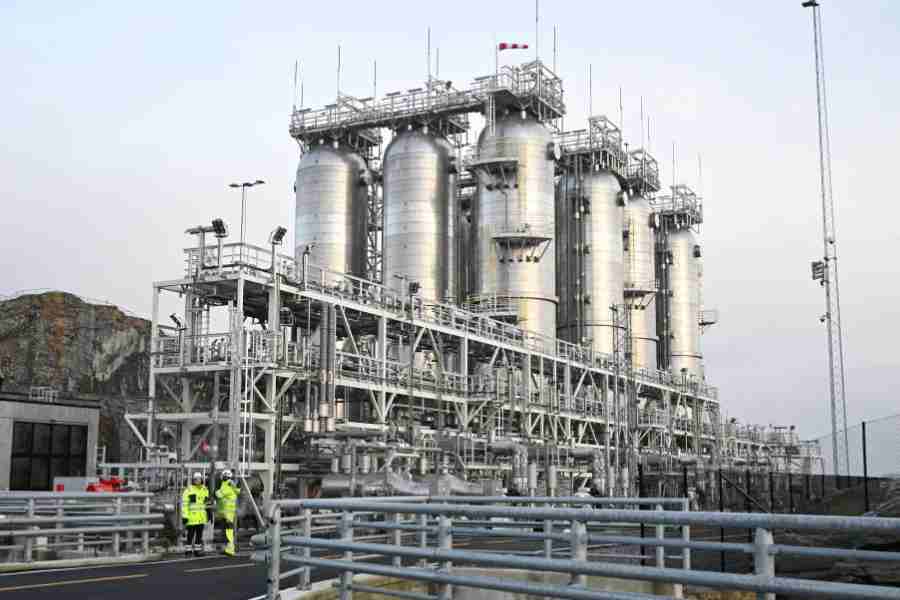The sound of the clang of metals and the crackling of the furnace has almost disappeared from Sarthebari, a village 80km from here in lower Assam’s Barpeta district, which is home to the bell metal industry.
As the nation braces for an extended lockdown to check the spread of novel coronavirus, the death knell seems to be sounding for the craftsmen in Sarthebari, who are fighting for their livelihood.
Sarthebari is one of two main clusters — the other is at Hajo in Kamrup district — of the brass and bell metal industry in Assam.
Around 40 per cent of Sarthebari residents are engaged in the bell metal industry, with most craftsmen taking up the work of their forefathers.
The main products are kalah (pot), xorai (a tray mounted on a base), kahi (dish), bati (bowl), lota (pot with a long neck) and tal (cymbals).
Craftsman Haren Das said, “There are more than 350 workshops with 600-plus craftsmen in and around Sarthebari, where workers make only one part of a product. However, during the lockdown, they are finding it hard to make ends meet.”
“Though a xorai usually weighs between 2kg and 10kg, I had received an order for two 150kg and one 60kg xorai before the lockdown. I am currently making them,” he added.
Hiren Deka, whose workshop is called Hiren Kaha Shilpa, said: “The artisans work for 12 to 16 hours a day during peak season but post-lockdown only those who have earlier orders are working, while others have started work in their agricultural fields. During peak season they make anything between Rs 18,000 and Rs 30,000 a month depending on the output. The labourers are paid Rs 150 to Rs 2,000 per kg depending on the design.”
Another craftsman, Jatin Deka, said: “The industry was already plagued with myriad issues like competing with factory-made replicas, which customers fail to differentiate with the original and which retailers procure from outside for a higher margin, but the lockdown has brought dark clouds over their business.”
Craftsman Sailen Deka said, “Brass and bell metal products demand both physical strength and artistic skill to be crafted. To sustain the industry, we urge the Assam government to adopt a special economic package.”
In Assamese society, bell metal, an alloy of copper and tin (in the ratio of 4 to 1), holds a special status and has utilitarian and aesthetic: they are de rigueur in marriages and religious functions, while eating from bell metal plates is considered to have health benefits.
According to the Assam Cooperative Bell Metal Utensils Manufacturing Society Ltd, the annual output was 41,638,820kg in 2011-12.
Historically, the craft dates back to the 7th century and written records trace the bell metal industry of Assam to the period of Kumar Bhaskaravarman, the last king of Varman dynasty. However, the industry flourished during the Ahom rule, specially during the rule of Swargadeo Siba Singha.










